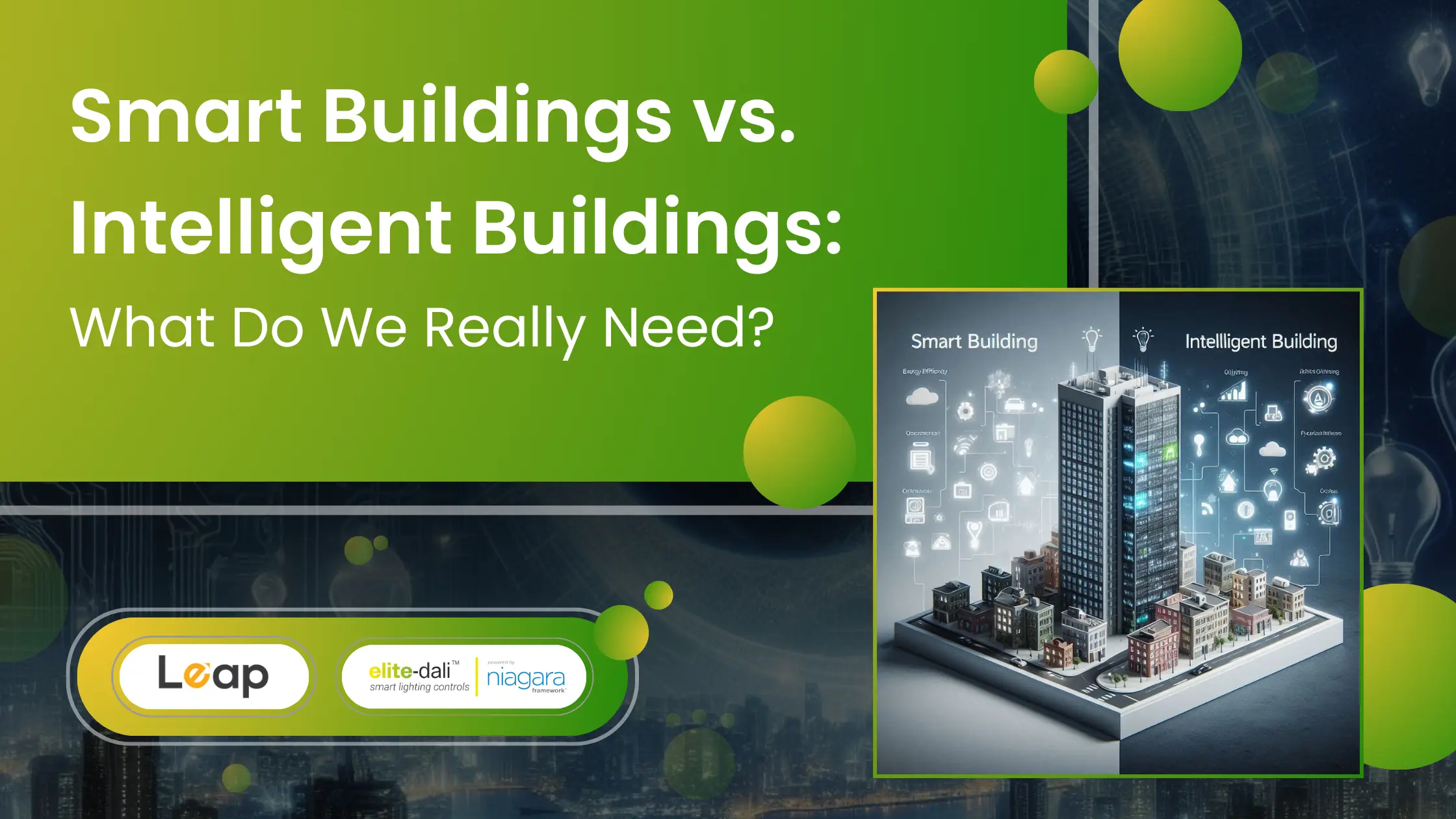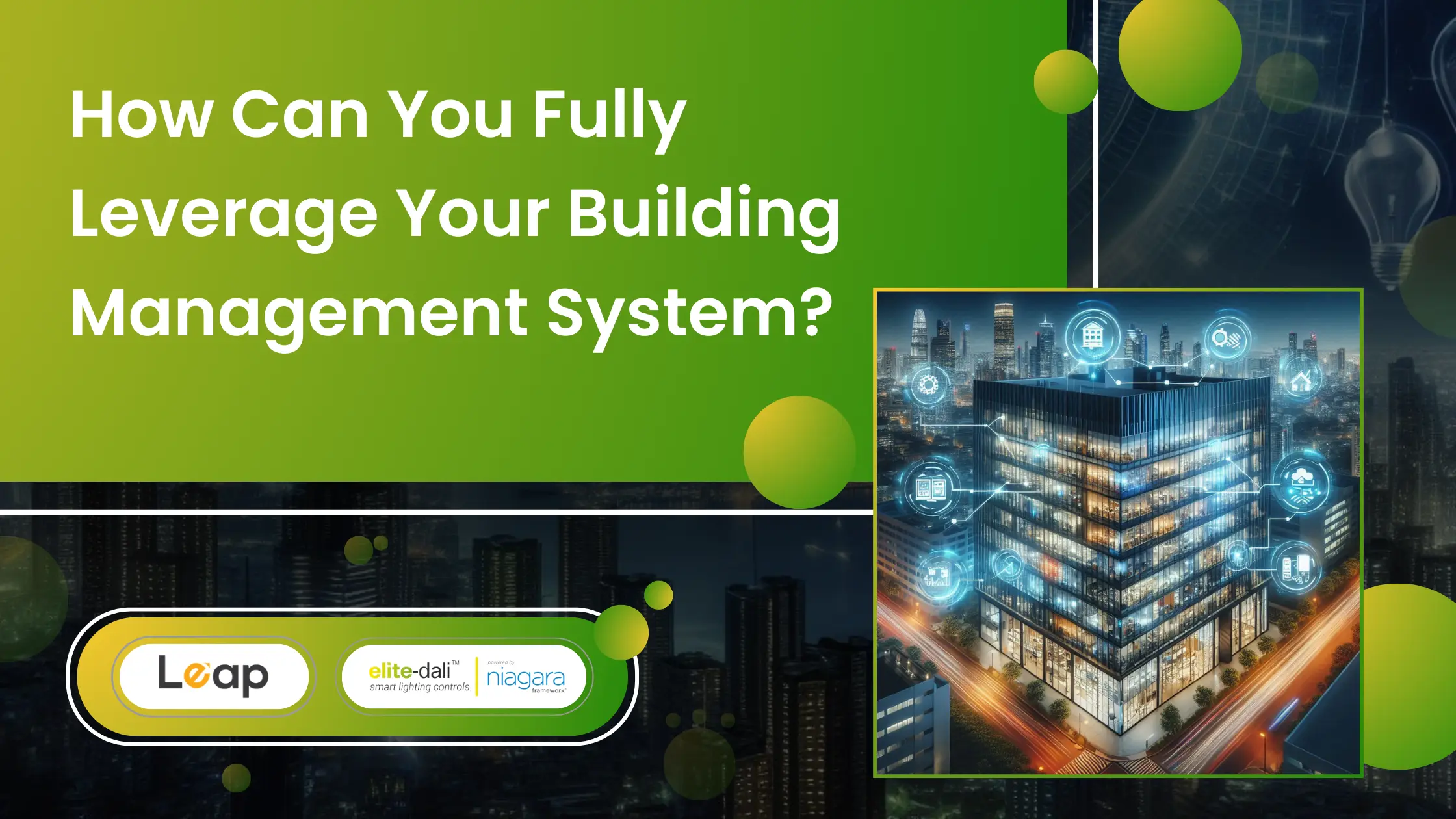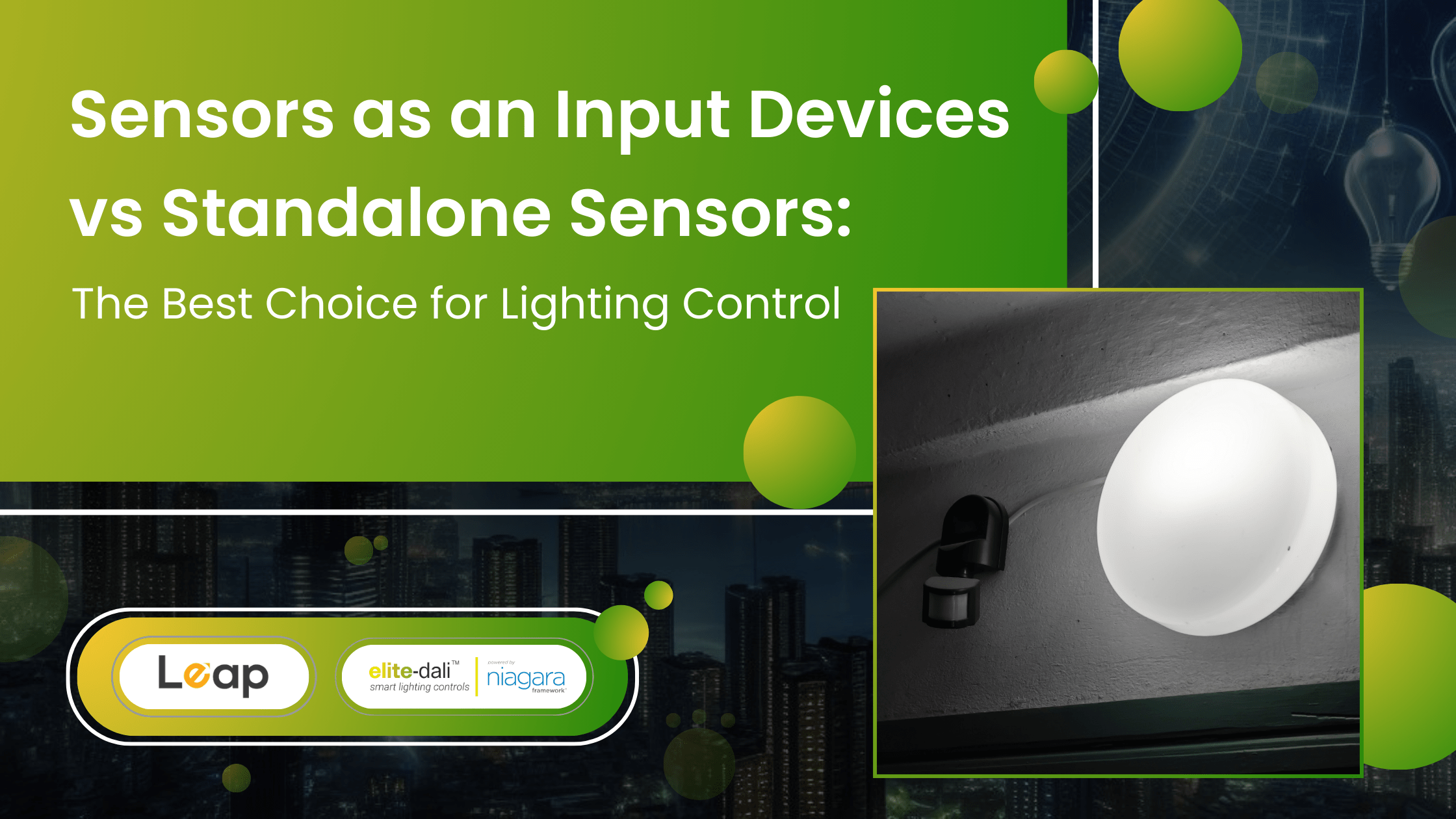Lighting Control Module – The Core of Intelligent Lighting Automation Systems
Lighting automation has taken the lighting industry by storm. From residential buildings to commercial premises and industrial areas, lights are evolving. People are investing in smart lighting solutions that are not only equipped with efficiency and productivity, but also look after the energy conservation and cost-saving measures.
What’s more noteworthy, however, is the mechanism that works behind the scenes to make your buildings’ lighting smart and automated. The mechanism is technically termed as a lightning control module which is the execution unit of these lighting automation systems. It resides at the heart of these systems which have become an integral part of residential and commercial lighting.
More importantly, when lighting automation systems are effectively employed in commercial premises like offices, industries, factories, warehouses, or even hospitals, an intelligent lighting control module is the reason behind their productive utilization throughout their lifecycle.
Table of Contents
What is a lighting control module?
As the name suggests, a lighting control module is the control terminal of a lighting automation system that allows building managers to manage all their lighting fixtures and controls from a single place. It is an intelligent control device, to which all the other modules, fixtures, sensors, dimmers, and other similar equipment are connected by wired or wireless means.
It is also termed as a central controller which gives a set of centralized instructions to all the connected devices for efficient functioning of lighting automation systems.
There are two common types of lighting control modules that govern the working of lighting automation systems. Take a look.
PIR control module
A PIR or Passive Infrared module is a control system which uses PIR sensors to switch the lighting fixtures ON and OFF automatically, detecting the IR radiation emitted by nearby objects, including humans and animals. These sensors can detect even the slightest amount of IR radiation depending on the warmth and material design of the object.
PIR sensors work in pairs – they detect the heat energy around them in the surrounding environment by transmitting signals. When there’s a change in the transmission, someone enters the area, for example, the sensors trigger an alarm. It can be a notification to the authorities or even turn on lighting fixtures. PIR control modules are commonly used in security alarms, motion detectors, and automated lighting systems in which the sensors are installed on the luminaires, and when a person enters the room, the sensors transmit the signal and cause the luminaires to light up.
Remote control module
Remote control module deals seamlessly with limitation of lights and monitoring systems to be physically present near each other. With a remote control module, you can manage your lights from across the world. That said, it reduces the operational costs which are otherwise overhead in manually managed projects like street lights or government infrastructure projects that employ manpower and material resources.
Remote control modules utilize a wealth of control carriers like mobile phones, computer networks, and information feedback systems to control and manage lights remotely. With the wireless connection of lighting fixtures and controls with monitoring systems, you can monitor real-time data of these fixtures and then adjust their performance and usage capabilities accordingly.
An intelligent lighting control module is one that provides easy, accessible, and flexible control over the lighting while keeping the costs to minimum. Not to mention why remote control modules are common in the lighting industry.
What does the lighting control module do?
Here are some common functional areas of a lighting control module.
1. Sensors
A lighting control module monitors and instructs the sensors installed across the building. It works by perceiving different factors in the environment that surround the sensors, including brightness, thermal radiation emitted by human bodies, motion, touch, sound, smoke, and everything else that the sensors can detect. Based on these factors and data that the sensors collect, the lighting control module gives instructions to the lighting fixtures to turn the light ON/OFF, adjust the intensity of the light, and cut off power during emergencies like fire breakout or power failures.
In addition, the control module also utilizes the sensor control to gradually increase the intensity of lumination when the sensors detect the presence of someone in the room. This is done to ensure that the person can adapt to the changing brightness safely and comfortably.
2. Time
Lighting control modules effectively employ time control in lighting automation systems at places where the duration of lights in use is fixed. For instance, in offices, where there is a fixed time to enter and leave the premises, the control module can program the lights to switch ON on a set time when the staff arrives and similarly, switch OFF when the staff leaves.
Moreover, each lighting fixture in the building can be programmed with a different set of duration, according to the requirements of the occupants.
3. Location
The dispersed, physical positioning of lighting fixtures and control unit/maintenance systems is often a problem for many. However, an intelligent lighting control module ensures that no matter where the fixtures are installed, there’s a centralized control system to monitor, maintain, and adjust their performance.
That said, the building managers receive real-time updates on the lighting fixtures, and should any unfortunate conditions or issues arise, they will be informed immediately.
A well-thought combination of these functional areas along with other factors together make an intelligent lighting control module. It not only eliminates the manual operation and management of lighting in a building, but also employs a smarter way to save energy and operational costs.








